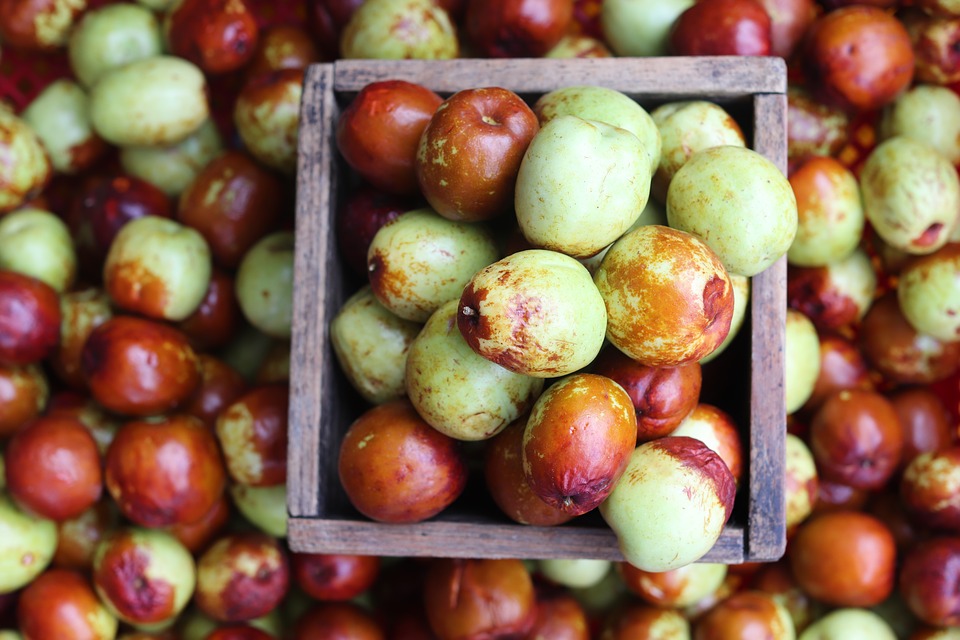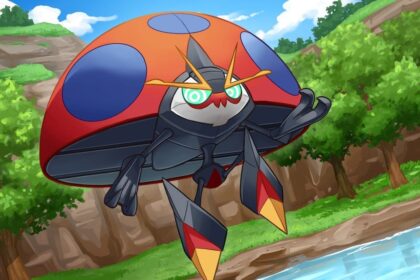Jujube, also known as red dates, Chinese dates, Korean dates, or Indian dates, are a species of Ziziphus in the buckthorn family Rhamnaceae. It’s precise natural distribution is uncertain due to extensive cultivation, but it’s thought to be in southern Asia, between Lebanon, northern India, and southern and central China. Take a look below for 25 more fun and interesting facts about jujube.
1. Jujube grows on sandy, loamy and gravelly, well-drained soil, exposed to the full sun; usually in open forests, pastures, floodplains, near the roads and in the wastelands.
2. It’s classified as a weed in Australia and Fiji.
3. Jujube grows in the form of a shrub or a small tree that can reach 4 to 40 feet in height and 33 feet in width. It produces many zigzag branches that are covered with curved thorns.
4. Jujube develops oval or ovate leaves with rounded tips and finely toothed or smooth margins. The leaves are dark green, glossy on the upper side, hairy on the bottom side and alternately arranged on the branches.
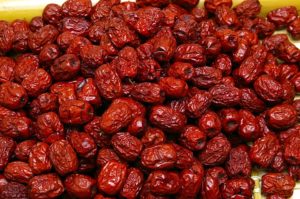
5. It produces a greenish-yellow or whitish flower that’s arranged in small clusters of 10 to 15 flowers that grow from the axils of leaves.
6. Jujube flowers have either both types of reproductive organs or only male parts.
7. Jujube blooms during the spring and summer. The flowers attract honeybees, wasps and flies, which are responsible for the plant’s pollination.
8. Jujube fruits are round or egg-shaped. They have smooth, thin skin, fleshy pulp and hard stone with two oval seeds in the middle.
9. Ripe jujube fruits can be yellow, orange or reddish-brown colored. Slightly unripe fruit have an apple like texture and taste. Fully ripe fruit has a mealy texture, musky odor and wrinkled skin.
10. Jujube plants produce fruit two times per year, during the spring and autumn, in some areas.
11. One jujube tree can produce 5,000 to 30,000 fruit annually.
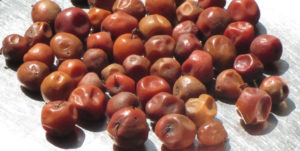
12. Jujube plants propagate primarily through seed.
13. Birds, pigs and livestock play an important role in dispersing jujube seeds as they eat the fruit and defecate the undigested seed.
14. The jujube fruit is a rich source of vitamin C and minerals such as calcium, phosphorus and iron.
15. Jujube can be eaten raw, dried or in the form of juices, syrups and chutneys. It can also be used to manufacture liqueurs.
16. The young leaves and seed kernels of jujube fruits are also edible.
17. There are more than 90 varieties of jujube cultivated in India today.
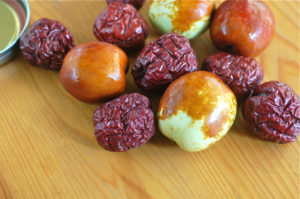
18. The pigment extracted from the jujube fruit is used for dyeing silk in Burma. The bark is a source of brown pigment that’s popular to use in Kenya.
19. Jujube can be used in the treatment of superficial wounds, pulmonary ailments, indigestion, nausea, vomiting and abdominal pain associated with pregnancy, liver disorders, fever, asthma, diarrhea, dysentery, and sores on the skin.
20. Jujube is a perennial plant that can survive for more than 30 years in the wild.
21. Witch’s brooms, which are prevalent in China and Korea, is the main disease affecting jujubes, though plantings in North America currently aren’t affected by any pests or diseases.
22. In Europe, the last several years have seen about 80% to 90% of the jujube crop eaten by insect larvae, including those of the false codling moth.
23. In Madagascar, jujube trees are a good wood for charcoal, which is the second main source of cooking energy in gr country.
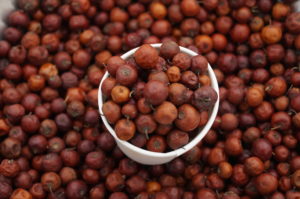
24. In Korea, jujube wood is used to make the body of the taepyeongso, which is a double-reed wind instrument. The wood is also used to make Go bowls, beads and violin parts.
25. In the traditional Chinese wedding ceremony, jujube was often placed in the newlyweds bedroom as a good luck charm for fertility, along with peanuts, longan, and chestnuts.

